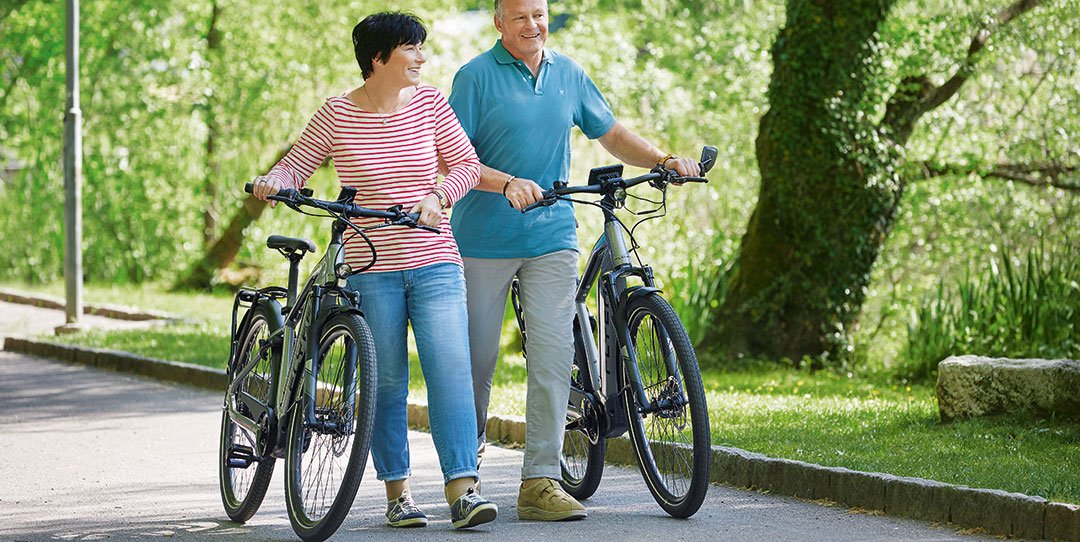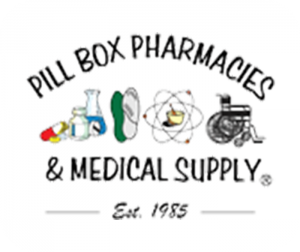Lymphedema
Lymphedema is a condition of localized fluid retention and tissue swelling caused by a compromised lymphatic system. Treatment includes medical compression, among others.

What is lymphedema?
Lymphedema is a condition of localized fluid retention and tissue swelling caused by a compromised lymphatic system. This results in swelling in one or more limbs. However, lymphedema can also occur in other body parts, e.g. neck, genital region, inguinal region, face, etc.
Here’s what you should know about lymphedema, its treatment, and why compression therapy is essential.
How do I recognize lymphedema?
- Swelling (called edema or congestion) in one or more limbs (often asymmetric)
- If lower extremity is involved, the swelling is present on the back of the foot
- Painless
- Feeling of tightness
- Restriction in range of motion, depending on lymphedema stage
- Thick or hardened skin, depending on lymphedema stage
- Recurring skin infections
- Stemmer’s sign positive, depending on lymphedema stage: This means that a fold of skin at the base of the second toe, the base of the middle finger, or another body part with swelling cannot be pinched and lifted.
What causes lymphedema?
Lymphedema is classified in two subtypes: primary lymphedema and secondary (or acquired) lymphedema.
- Hereditary: primary lymphedema is thought to be the result of a congenital abnormality of the lymph conducting system. It is estimated that primary lymphedema represents 5 to 10% of lymphedema cases (Cooper, 2017).
- Acquired: secondary lymphedema results from damage to the lymphatic system (lymphatic vessels and/or lymph nodes) or from functional deficiency. Infections from insect bites, serious wounds, or burns can cause lymphedema when they damage or destroy the lymphatic system. Severe obesity, any type of surgery, serious injury, or radiation for cancer treatment (or the tumor itself) can cause the onset of the disease. Secondary lymphedema is thought to represent 90 to 95% of lymphedema cases (Cooper, 2017).
The following factors can be causes of or lead to a progression or aggravation of existing lymphedema:
- Surgery (lymph node removal, e.g. cancer treatment)
- Trauma that might induce damage to the lymphatic system
- Radiation and chemotherapy as cancer treatment
- Serious infections of the skin or lymphatic channels (lymphangitis, cellulitis, erysipelas, microscopic parasite filarial larvae)
- Obesity
- Chronic venous insufficiency
Lymphedema has three stages
Depending on disease progression, lymphedema can be divided into three stages.
- In stage 0 (or Ia), swelling is not yet evident despite impaired lymph transport, subtle alterations in tissue fluid/composition, and changes in subjective symptoms. It may be months or years before overt edema occurs.
- In stage I, the accumulation of fluid subsides when you elevate the affected limb. When pressed by the fingertips, the affected area indents and reverses with elevation (“pitting”).
- Stage II signifies that limb elevation alone rarely reduces the tissue swelling. Pitting is manifest. Later in Stage II, the limb may not pit as excess subcutaneous fat and fibrosis develop.
- Stage III encompasses lymphostatic elephantiasis where pitting can be absent and trophic skin changes, such as acanthosis, alterations in skin character and thickness, further deposition of fat and fibrosis, and overgrowths have developed.
How can lymphedema be treated?
There are different possibilities to treat lymphedema. The “gold standard” and key treatment is the complex physical decongestive therapy (CPD).
Complex decongestive therapy (CPD) is based on two main pillars:
- manual lymphatic drainage (MLD)
- medical compression
These two pillars are complemented by skin care, dietary changes, and exercises.
Manual lymphatic drainage uses a specific amount of pressure (less than 9 ounces per square inch or about 4 kPa) and rhythmic circular movements to stimulate lymph flow.
The treatment goal in the first phase of CPD is to reduce the volume as much as possible (reduction phase). Typically, medical compression in this phase consists of multi-layered bandage wrapping applied by a therapist or other medical professional that needs to to be replaced on a daily basis. The first phase of CPD lasts between 2 and 6 weeks, depending on the extent and stage of the lymphedema. Skin care is also very important.
In the second phase of CPD – called the maintenance phase – the goal is to conserve and optimize the volume reduction that was achieved in the first phase. Medical compression with flat-knit compression wear, skin care, exercise, and repeated MLD as needed, are the main elements of treatment.
Compression is key
There are several products that are used for lymphedema compression therapy.
- Inelastic multilayer bandages are typically used in the first phase of CPD, with the main goal to reduce limb volume as much as possible. They provide very stiff compression and treat even extremely-shapedlimbs.
- Flat-knit compression hosiery is mainly used for the long-term management of lymphedema in the maintenance phase. This stiffer compression option is best used in stabilized limb volume conditions. Flat-knit compression hosiery also treats extremely-shaped limbs.
- Wraps with hook-and-loop shutter or bra hooks can be used in the first and second phases of CPD therapy. Wraps are easy to don and doff. They are easily adjustable to vary the level of compression to adapt to limb volume changes.
- Circular-knit compression hosiery is only used in the very early stages of lymphedema where the volume of the extremity has not yet reached extreme sizes.
- Intermittent pneumatic compression (IPC) is a mechanical method that mimics MLD by massaging the fluid out of the limb. It should be only used in conjunction with MLD to favor truncal drainage. IPC is applied with stationary devices which hinder movement during treatment.
Why is skincare important with lymphedema?
If the lymph flow is chronically disturbed, the protein-rich liquid accumulates in the soft tissue and the swollen body parts become inflamed. Also, the function of the immune system is reduced since the lymph system is impaired. Even a small injury to your arm or leg can be an entry point for infection (such as cellulitis or erysipelas) or severe inflammation.
Thus, it is important you maintain the integrity of your skin and carefully manage skin problems. This way, you minimize the risk of infections.
Skin care principles include:
- Washing daily, using pH neutral soap, natural soap, or a soap substitute
- If skin folds are present, ensuring they stay clean and dry
- Monitor the affected and unaffected skin for cuts, abrasions, and insect bites
- Applying emollients
- Using only low pH lotions
- Avoiding scented products
Exercise helps with lymphedema
Basic motions of the extremities (muscle pumping exercises), especially combined with external limb compression, performed on a daily basis and supplemented with daily activity movement (walking, yoga, bicycling, climbing stairs) are useful.
Other treatment options for lymphedema
Surgery – can help to improve lymphatic flow
- Microsurgical procedures: Lymphatic vessels are connected to venules to enhance lymphatic drainage.
- Vascularized lymph node transfer: Lymph nodes with surrounding tissue are transferred from a part of the body to a damaged site. With the help of microsurgery, the nodes are connected to blood vessels; lymph vessels connect themselves to the implant.
- Bypass: Lymph vessels from damaged areas are connected to areas that are still functioning
Liposuction
Excessive volume, mainly fat and protein, is removed with a liposuction-like procedure.
Surgical resection
Removal of excess skin and subcutaneous tissue of the lymphedematous limb (in extreme cases).
Kinesiotapes
For stimulation of lymph flow in patients with breast-cancer related lymphedema.
Nutrition
- Helps to reduce weight
- Helps to reduce inflammatory processes
- Special diet plans available
- Supplements like chitosan, grapeseed oil, and selenium are supposed to have a positive impact on the disease.

